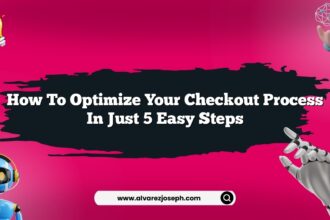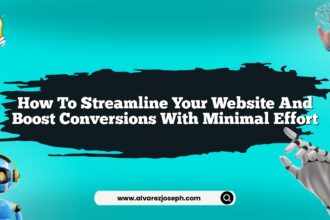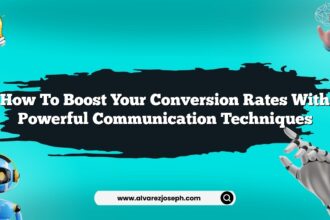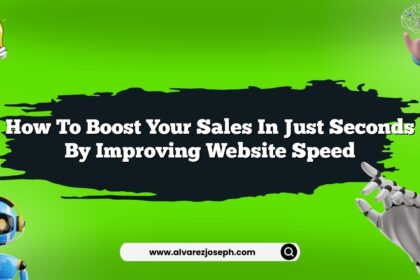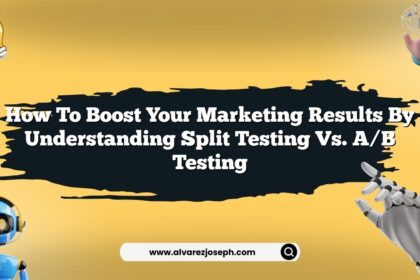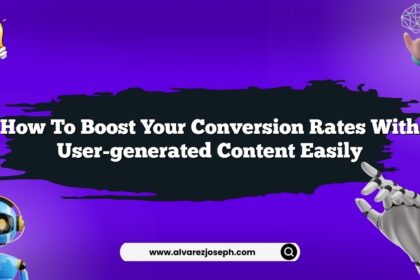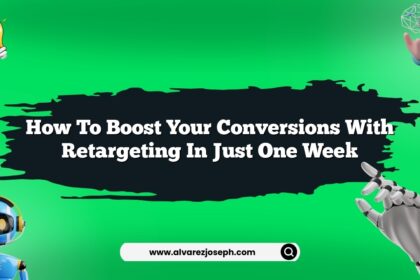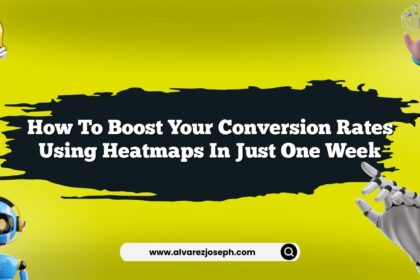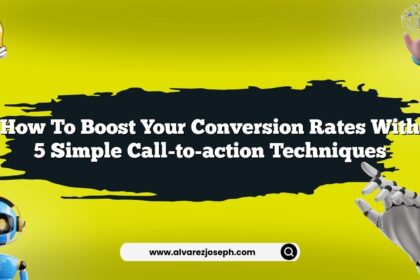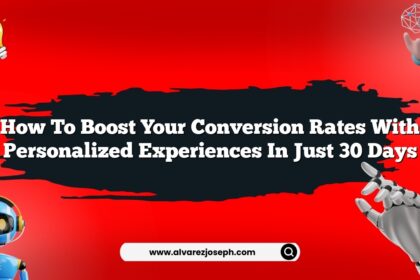You want to boost your conversion rates, right? What if I told you that you could make significant changes in just two weeks? Sounds like a stretch, huh? But trust me, with A/B testing, it’s not just a pipe dream. Dive into this with me, and let’s explore how a few tweaks can lead to some serious gains in your sales.
So, here’s the deal. A/B testing is not just some fancy marketing term. It’s basically a way to compare two versions of something—like your landing page or call-to-action (CTA)—to see which one performs better. Think of it like a test run for your website. You know, like when you try on a couple of outfits before hitting the party to see which one gets the most compliments. Spoiler alert: you want the one that gets the most conversions.
What the Heck is A/B Testing?
Alright, let’s break it down. A/B testing is super simple. You have version A and version B. You show one version to half your audience, and the other version to the other half. That’s it. You measure who clicks more, who buys more, and boom! You’ve got your answer.
This isn’t just about which button is a prettier color. It’s about understanding your audience. The data you gather tells you what they like, what they don’t, and what makes them click that “Buy Now” button.
Why You Should Care
Now, I’m not saying you need to be an expert in data science to do this. But you need to care – a lot. If you’re not optimizing, you’re basically leaving money on the table. And let’s not kid ourselves; nobody likes that.
I remember when I first started with A/B testing. I thought, “What’s the big deal? It can’t be that impactful.” But boy, was I wrong. I ran my first test, switched up the headline of my email campaign, and suddenly, my open rates skyrocketed. Like, really skyrocketed. It was baffling.
So yeah, you want to care about this.
Setting Up Your A/B Test
Let’s get into the nitty-gritty. Setting up an A/B test doesn’t require a PhD. Here’s how I usually do it:
-
Pick What to Test: It could be anything from headlines, images, layout, or even button color. Just make sure it’s something that can make a difference.
-
Define Your Goal: What’s the point? Are you looking for more clicks? More purchases? More sign-ups? Get clear on this first.
-
Split Your Audience: You have to randomly divide your audience into two groups. One group sees version A, and the other sees version B. It’s crucial to keep these groups as similar as possible to get accurate results.
-
Run the Test: Let it run long enough to gather meaningful data. Depending on your traffic, this could be a few days to a couple of weeks.
-
Analyze the Results: After running the test, see which version performed better. It’s not just about clicks; look at conversion rates too!
What to Test First
Alright, now that we’ve got the setup down, let’s figure out what to test first. Here are some ideas to get you started:
- Headlines: A catchy headline can make or break your conversion. Test different variations and see what sticks.
- Images: Sometimes a picture really is worth a thousand words. Try swapping out images to see if it resonates more with your audience.
- Call-to-Action (CTA): The wording of your CTA can have a huge impact. Try “Buy Now” against “Get Yours Today” and see what works.
- Price Points: Okay, this one’s a bit scary, but consider testing different pricing strategies. You might be surprised at what works!
The Magic of Data
Let’s chat about the data for a sec. This is where the real magic happens. A/B testing isn’t just trial and error; it’s a science. And when you dive into the numbers, you’ll see trends you didn’t even know existed.
Pro Tip: Look for patterns over time. One test might not give you the full picture. You want to analyze results over several tests for a clearer view.
I once ran a test on my checkout page. I thought the design was brilliant. Turns out, it was cluttered and confusing. Who knew? The data didn’t lie. So, I simplified it, and bam—conversion rates jumped. You need to embrace the data!
Common Mistakes to Avoid
Now, not to rain on your parade, but there are some classic mistakes people make when they start A/B testing. Don’t fall into these traps.
- Testing Too Many Variables at Once: Keep it simple, people. Test one thing at a time. If you change too much, you won’t know what caused the change.
- Not Running the Test Long Enough: Patience is key. You might think you’ve got enough data after a day or two, but hold your horses. Let it breathe.
- Ignoring Statistical Significance: It’s not enough to just see a change. You need to see if it’s statistically significant. There are calculators online for this, so use them.
The Two-Week Challenge
Here’s where it gets real. You want to boost those conversion rates in just two weeks? You gotta hustle.
-
Week 1: Get your first A/B test up and running. Choose something simple—like the CTA button color. Run it for the week and monitor the results.
-
Week 2: Analyze what worked and what didn’t. Grab those insights and run a second test based on your findings. Maybe change the headline this time.
By the end of these two weeks, you should see some movement. It may not be a miracle, but any change is a step in the right direction.
Tools of the Trade
Now, let’s talk about tools. You don’t want to be doing this all manually. There are some great tools out there that can make your life easier. Here are a few I’ve used:
- Google Optimize: Free and integrates nicely with Google Analytics.
- Optimizely: Super user-friendly. It’s got a bit of a learning curve, but worth it.
- VWO: Great for more advanced users. Lots of features to dig into.
The Long Game
A/B testing isn’t a sprint; it’s a marathon. You’re not going to hit home runs every time. Sometimes, you’ll test something and it’ll flop hard. But that’s OK. It’s all part of the journey.
With each test, you learn something new about your audience. And that’s priceless. The more you test, the more you optimize, and the better your conversion rates become.
Quick Summary
- A/B testing is comparing two versions to see which performs better.
- It helps you understand what your audience likes.
- Set clear goals before starting any test.
- Test one variable at a time for accurate results.
- Look at the data over time for meaningful insights.
- Don’t rush your tests; let them run long enough.
- Use tools like Google Optimize or Optimizely to simplify the process.
- Embrace failures; they teach you valuable lessons.
- Treat A/B testing as a long-term strategy, not a quick fix.
- Keep optimizing and testing to keep those conversion rates climbing.
Frequently Asked Questions
What is the best time to run A/B tests?
The best time to run A/B tests is when you have enough traffic to get statistically significant data. This varies by business, but generally, the more traffic, the better.
How do I know if my test is statistically significant?
Use statistical significance calculators available online. They’ll help you determine if the changes you see are due to the test or just random chance.
How often should I run A/B tests?
As often as you can! Regular testing can keep your site optimized. Aim for at least one test a month, but if you can do more, go for it.
Can I run A/B tests on social media ads?
Absolutely! A/B testing is great for ads too. You can test different images, headlines, and calls-to-action there as well.
What if I don’t have enough traffic for testing?
If traffic is low, you can still do qualitative research—like surveys or user feedback—to get insights until your numbers improve.
Can A/B testing be used for email marketing?
Oh, for sure! Test subject lines, email layout, and call-to-action buttons. Email A/B testing can seriously enhance your open and click-through rates.
So there you have it—your roadmap to boosting conversion rates with A/B testing in just two weeks. It’s not rocket science, but it does require effort. Dive in, start testing, and watch those numbers climb. You got this!


